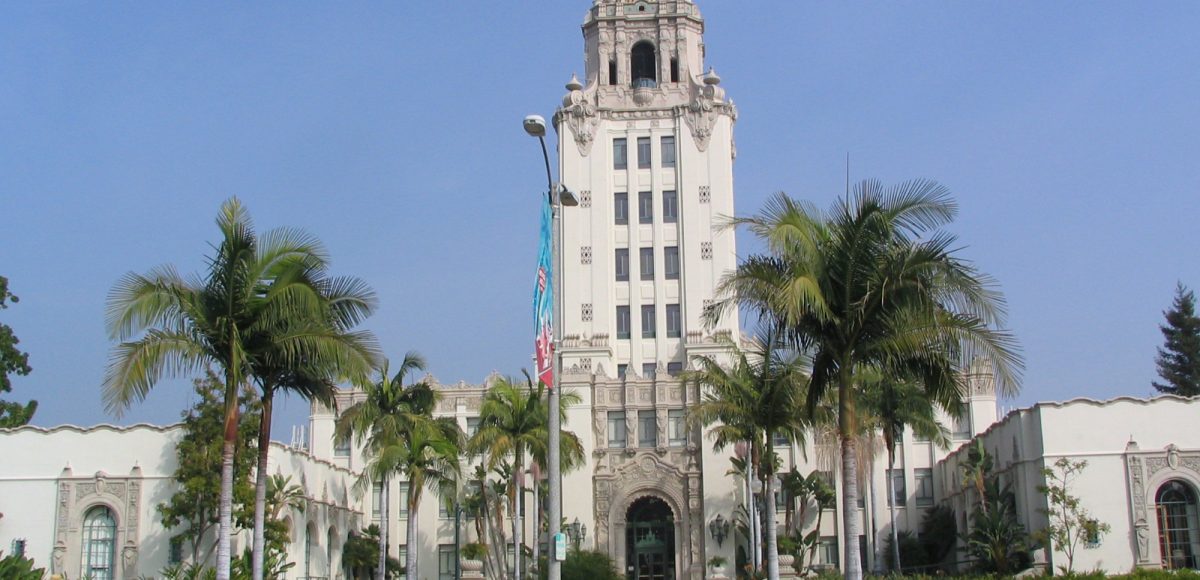Just seven years after Beverly Hills began taking steps to preserve its historic fabric with the creation of the Cultural Heritage Commission in 2012, the City is poised to dramatically augment its stock of historic properties following the Dec. 17 City Council vote to create a permanent Mills Act program. The City now has 42 properties that have received an historic property designation.
The Mills Act Program (Government Code Section 50280) is regarded by the state’s Office of Historic Preservation as “the single most important economic incentive program in California for the restoration and preservation of qualified historic buildings by private property owners.” Administered and implemented by local governments, a Mills Act Preservation Agreement allows the owner to receive a reduction in property taxes in exchange for the property owner’s commitment to repair, restore, rehabilitate, and/or maintain the historic property.
There are currently just six properties in Beverly Hills that take advantage of the Mills Act, which the City has operated as a pilot program since 2011. The permanent Mills Act program will go into effect at midnight on Dec. 31 and will continue in effect without expiration.
“It’s about time that we made this a permanent program,” said Mayor John Mirisch, who was instrumental in helping to create the Cultural Heritage Commission.
Following the City Council vote to approve a permanent Mills Act Program with revised limits, the City is likely to see an increase in the number of multifamily renovation projects that take advantage of the the Mills Act, predicted Cultural Heritage Commission Chair Noah Furie.
“This council is totally committed to historic preservation by the action they took. This will make a meaningful difference,” said Furie, a founding member of the Commission who is now serving his third term as chair. “This will increase the number of landmark properties in our City and allow them to be restored back to their original grandeur.”
As part of the permanent program, the potential limits on tax revenue loss for the City now increase to $500,000 per year and $400,000 per year for the Beverly Hills School District. In addition, property valuation limits will increase to $8 million for a single-family property or residential condominium or residential stock cooperative; $10 million for a multi-family (for-rent) property; and retain the existing valuation limit of $7.5 million for commercial properties.
Before the vote, the pilot program limited the overall annual impact of tax revenue loss at $100,000 to the City (or $1 million over 10 years) and $80,000 to the Beverly Hills Unified School District (or $800,000 over 10 years).
Currently, the cumulative Mills Act Contract commitments in Beverly Hills amount to approximately $70,000 per annum in tax reduction to the City, and approximately $62,000 to the BHUSD.
The staff report states that with a formal program in place, more owners of historic properties may be interested. Further, utreach efforts will continue to encourage the designation of eligible historic resources which may take advantage of the Mills Act in the rehabilitation and restoration of multifamily structures within the City.
“The preservation and rehabilitation of historic properties enhances the character of Beverly Hills by retaining the City’s sense of place and continuity with the community’s past,” states the resolution passed by the City Council. “By encouraging property owners to maintain and restore historic buildings and landscapes, the City is preserving its heritage and supporting the local economy.”
Furie touted the preponderance of “incredible” homes from the 1920s and 1930s found throughout Beverly Hills, in addition to the multitude of midcentury modern masterpieces.
“We have been very selective and have been very limited during the pilot,” Furie said, underscoring that with the sizable increase in available funds, apartment buildings would be a wonderful route to go in the City’s effort to preserve its stock of multifamily housing. “What a wonderful opportunity for our tenants to be able to live in these properties that have been restored. Tenants could go to their landlord and say, ‘Let’s do this.'”







